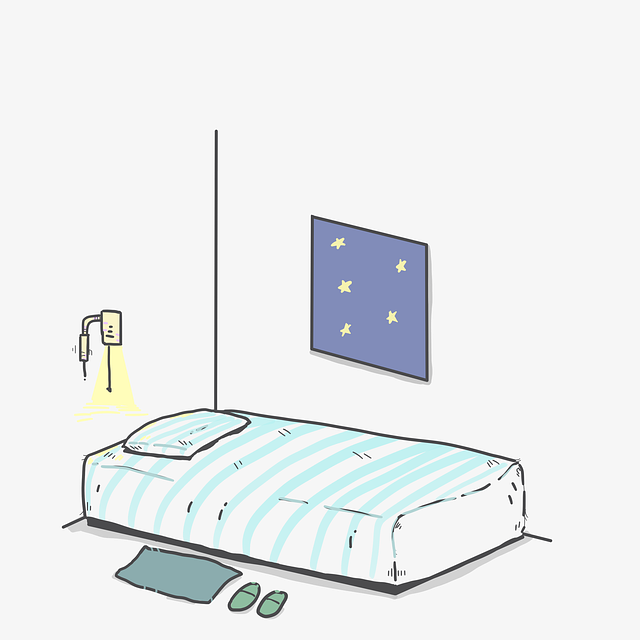Bed bug infestations in multi-unit properties require specialized strategies due to shared spaces, adaptability, and dense populations. Key steps for effective residential bed bug control include professional inspections, proper identification, resident communication, cleanliness, and quick reporting. Advanced techniques like heat treatment and tailored chemical applications eliminate bed bugs at all stages while minimizing damage. Integrated Pest Management (IPM) focuses on prevention through sealing entry points, education, and maintaining a clean environment. Collaborative efforts between residents and property managers are crucial for regular inspections, proactive control measures, and significant reinfestation risk reduction.
Bed bugs in multi-unit properties have become a growing concern, affecting apartment dwellers and condo owners alike. Understanding these infestations requires recognizing their unique dynamics within shared spaces. Traditional control methods often face challenges in multi-unit settings. This article explores specialized treatments for effective residential bed bug control, delving into comprehensive approaches and long-term strategies tailored to these complex environments.
Understanding Bed Bug Infestations in Multi-Unit Properties
Bed bug infestations in multi-unit properties, such as apartments or condos, present unique challenges compared to treating single-family homes. These insects are highly adaptable and can thrive in close quarters, making them difficult to eradicate. Understanding their behavior and life cycle is crucial for effective residential bed bug control. Bed bugs often travel between units via common areas like hallways, elevators, and utility pipes, leading to rapid spread and increased risk of infestation throughout the building. Identifying the source and extent of the infestation is vital; professional inspections can help locate hidden nests and pinpoint areas requiring treatment.
Proper identification of bed bugs is essential since they resemble small, flat, wingless insects with a distinctive oval shape. Unlike other pests, bed bugs leave behind blood-sucking evidence in the form of red bites on exposed skin and dark, pepper-like stains on bedding or furniture. In multi-unit properties, communication among residents and management is key to success. Collaborating to maintain cleanliness, regularly inspect common areas, and promptly report any suspected infestations can significantly aid professional residential bed bug control efforts.
Challenges of Traditional Bed Bug Control in Apartments and Condos
Bed bug infestations in multi-unit properties like apartments and condos pose unique challenges for traditional control methods. One major hurdle is the shared living space, where a single infested unit can quickly spread the problem to others. This interconnectedness makes it difficult to isolate and treat individual units effectively. Additionally, bed bugs are highly adaptive and can develop resistance to common pesticides over time, rendering standard treatments less effective.
Another challenge arises from the dense population and limited access in multi-unit dwellings. Bed bugs thrive in crevices, furniture, and other hard-to-reach areas, making thorough inspections and treatment application a complex task. The presence of multiple households also complicates communication and coordination among residents, which is crucial for successful bed bug control programs. Effective residential bed bug control thus requires tailored strategies that account for these specific challenges.
Specialized Treatments: A Comprehensive Approach to Residential Bed Bug Control
Specialized treatments for residential bed bug control in multi-unit properties require a comprehensive approach that goes beyond conventional methods. These treatments are designed to target and eliminate bed bugs at every stage of their life cycle, ensuring a thorough and effective solution. Professional exterminators employ advanced techniques such as heat treatment, which uses precise temperature levels to kill bed bugs and their eggs without damaging personal belongings.
Additionally, chemical applications are carefully tailored to specific areas and units, minimizing exposure to residents and pets. This targeted approach includes the use of modern insecticides that are more environmentally friendly and less likely to cause resistance. Integrated Pest Management (IPM) strategies are also integrated, focusing on preventing future infestations by sealing entry points, maintaining cleanliness, and educating residents about bed bug behavior.
Long-Term Prevention and Management Strategies for Multi-Unit Dwellings
In multi-unit properties, long-term prevention and management of bed bugs require a comprehensive strategy that involves all residents and property managers. Regular inspections are key; identifying potential entry points and signs of infestation early can stop bed bugs from spreading. Education is another vital component—informing residents about the habits of bed bugs and how to spot them encourages proactive behavior, such as regularly vacuuming and promptly reporting any suspected infestations.
Consistent residential bed bug control measures include maintaining a clean environment, sealing gaps in walls and floors, and using pest-resistant materials for bedding and furniture. Implementing these strategies alongside professional interventions ensures a proactive approach to bed bug management, minimizing the risk of reinfestation and fostering a safe living space for all residents.
In addressing the complex issue of bed bug infestations in multi-unit properties, specialized treatments offer a comprehensive and effective solution for residential bed bug control. By understanding the unique challenges posed by these environments, professionals can implement targeted strategies that go beyond traditional methods. Long-term prevention and management are key to maintaining healthy living spaces, ensuring peace of mind for residents, and fostering a collaborative approach among property managers, tenants, and pest control experts alike.
